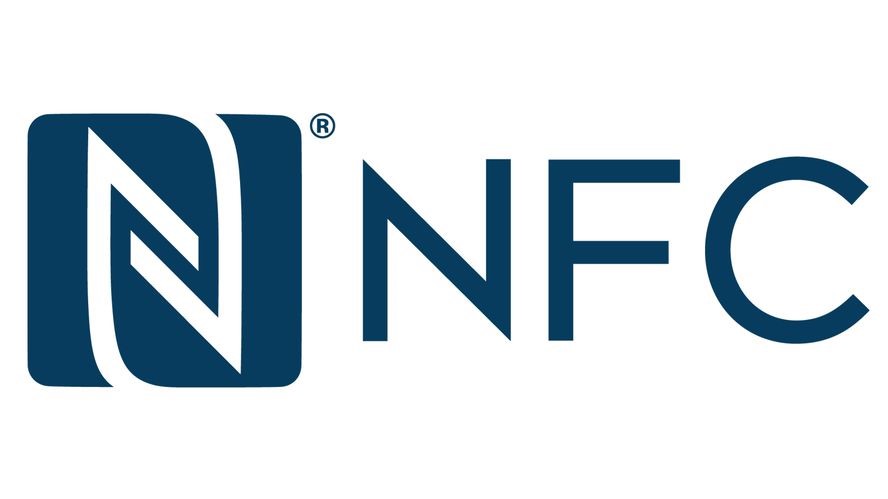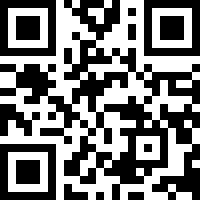In terms of storing data and matching things against a database, NFC is becoming one of the most popular and widely used technologies around. We can find them in all sorts of things, from chips in credit cards to scanners in mobile phones to children’s toys and more. Organizations are increasingly looking to NFC machines to ensure security in their supply chains, and as time goes on, it’s proving to be one of the more reliable options out there. Pharmaceutical companies especially are looking to protect their products and customers from counterfeits, and this technology is proving to be one of the best options. Today we’ll be looking into how companies are implementing NFC in their operations.
But first, a little background. NFC stands for Near-Field Communication. It grew out of RFID technology, which had been building up since the 1940’s, with experiments in radio waves for the purpose of espionage by the Soviet Union. After improvements in RFID over the years, Charles Walton patented the first true RFID device in 1983. NFC grew from there. It was first used in toys in the late 1990’s, but soon electronics developers found new and innovative uses for it. From 2003, when NFC standards were first introduced, the number of applications has only increased.
NFC devices are classified as one of two ways, as a tag or a reader. The tag is used on objects to identify them, while a reader collects radio waves, converts them to data, and compares them to a database. Either the reader or the tag needs to be powered by a battery or other power source, but they can’t both be passive.
In terms of consumer purposes, NFC technology is incredibly useful because it can be miniaturized. The smaller the tag, the more things it can be incorporated into. Both NFC and RFID chips have been used on truly tiny levels, such as insect research and even dust made of nanomachines. For normal purposes, however, tags are usually around the size of a fingernail.
NFC is used in a wide variety of functions, as it is inexpensive, easy to produce, easy to use and can accurately transmit the exact amount of information needed in an instant. The technology can be found everywhere, improving fields such as access management, tracking of goods and animals, toll collection, contactless payment, travel documents, airport tracking, timing sports events, billing, and more.
There’s an excellent chance that if your credit card allows you to touch it to a reader to pay, there’s an NFC chip inside. Transit systems around the world are researching how to incorporate NFC cards and mobile phones to track payment as data, ensuring that customers can get to where they’re going.
And of course, we wouldn’t be IDLogiq if we didn’t at least mention how this technology was being used in counterfeit detection. Pharmaceutical companies are using developing NFC tags and readers to ensure that the supply chain does not get infiltrated by outside goods. We spoke recently about Walimai, a company that’s improving the use of NFC chips to ensure baby food is safe to eat (and incorporating blockchain technology, to boot). They took the remarkably low tech option of eliminating duplication by using chips that need to be destroyed to open the package, ensuring that each chip is only used once.
At IDLogiq, we’re looking at every option to make products that improve security in the supply chain. We are developing new and innovative NFC devices, as well as blockchain-powered databases to ensure that counterfeit products have a harder time infiltrating the market.


